A. Yes, if you have multiple retirement accounts it's possible to take your RMD from one, but it depends on the type of retirement account:
- For Traditional IRAs, Rollover IRAs, SEP IRAs, SARSEP IRAs, and SIMPLE IRAs: You must calculate the RMD for each of these accounts separately, but you can withdraw the total RMD amount from one or any combination of accounts.
- For 403(b)s: RMDs must be calculated separately for each account, but the total amount of the RMD can be withdrawn from any one or a combination of your 403(b) accounts.
- For 401(k)s: RMDs must be calculated separately for each account and taken individually from those accounts.
Any distribution from an account that requires an RMD will count toward that year's RMD. Amounts withdrawn in excess of that RMD amount do NOT reduce RMD amounts in future years.
You are not required to take RMDs from your own Roth IRA, and cannot satisfy an RMD requirement with a withdrawal from a Roth IRA.

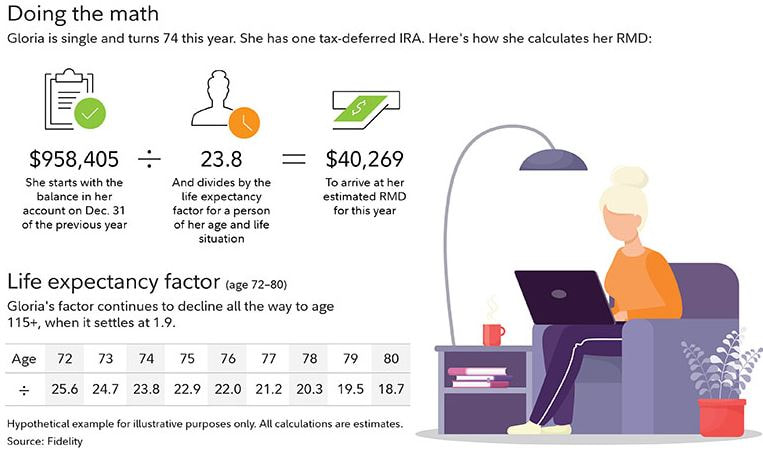

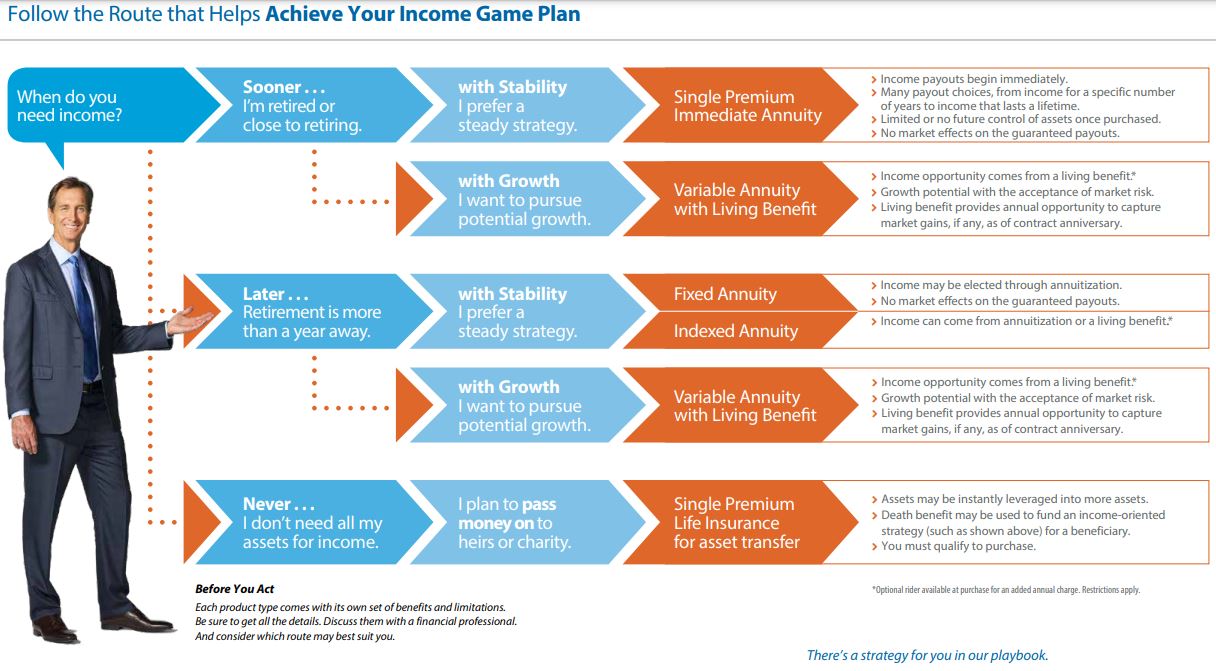
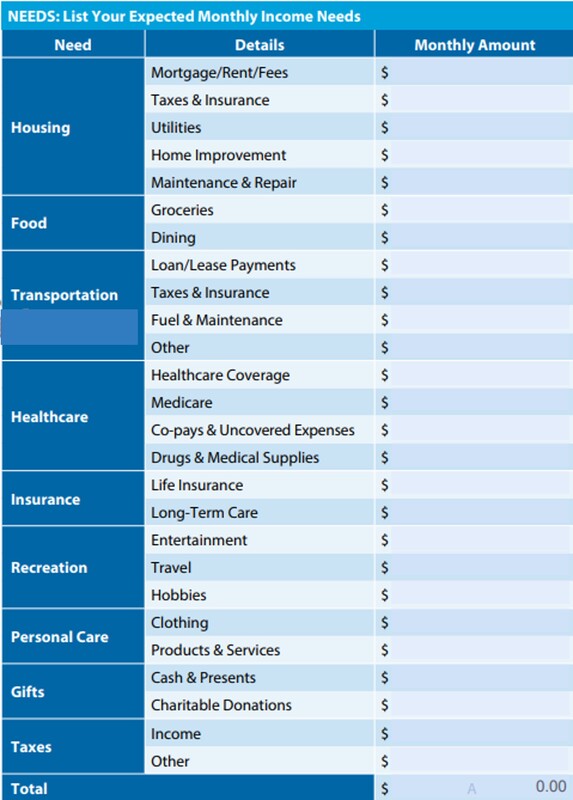
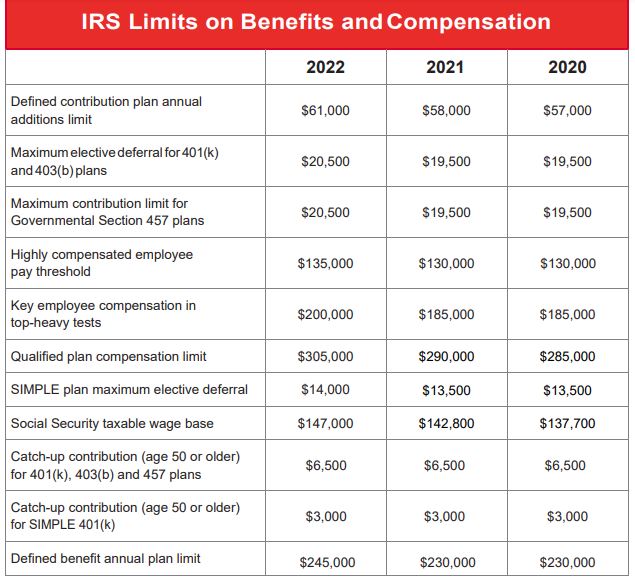
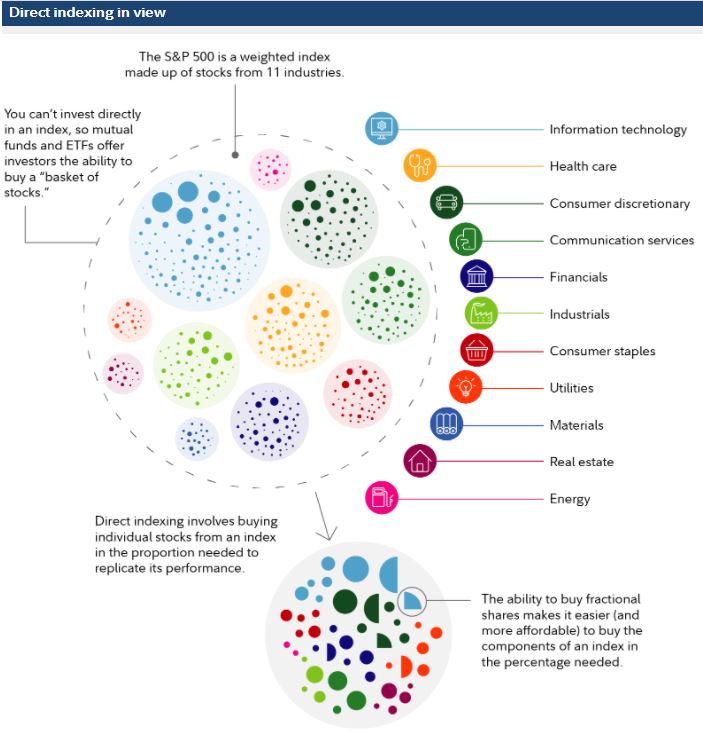
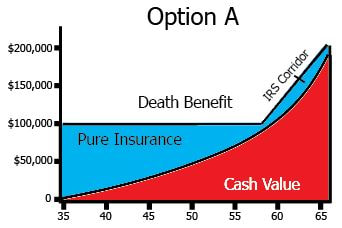
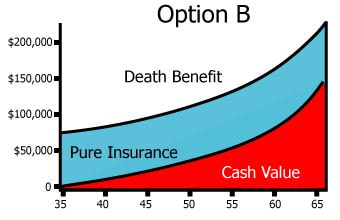
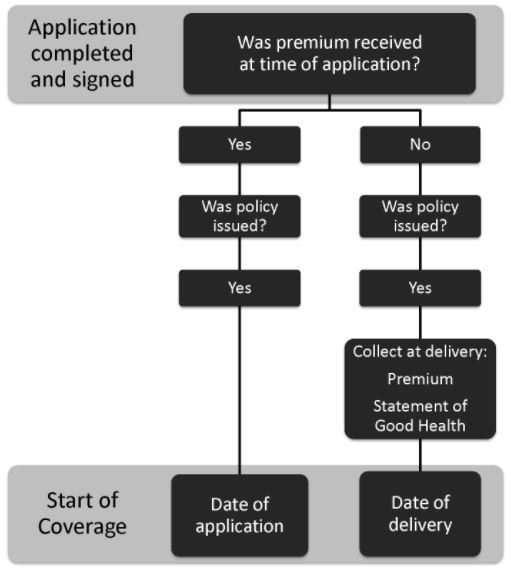
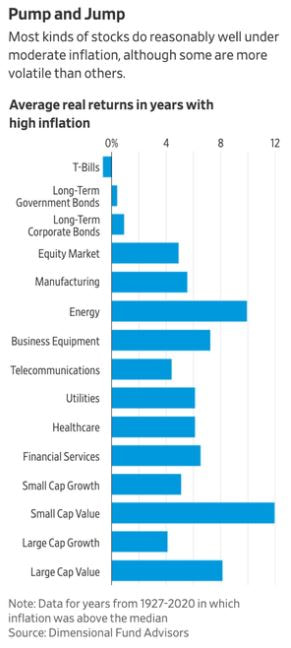
 RSS Feed
RSS Feed
